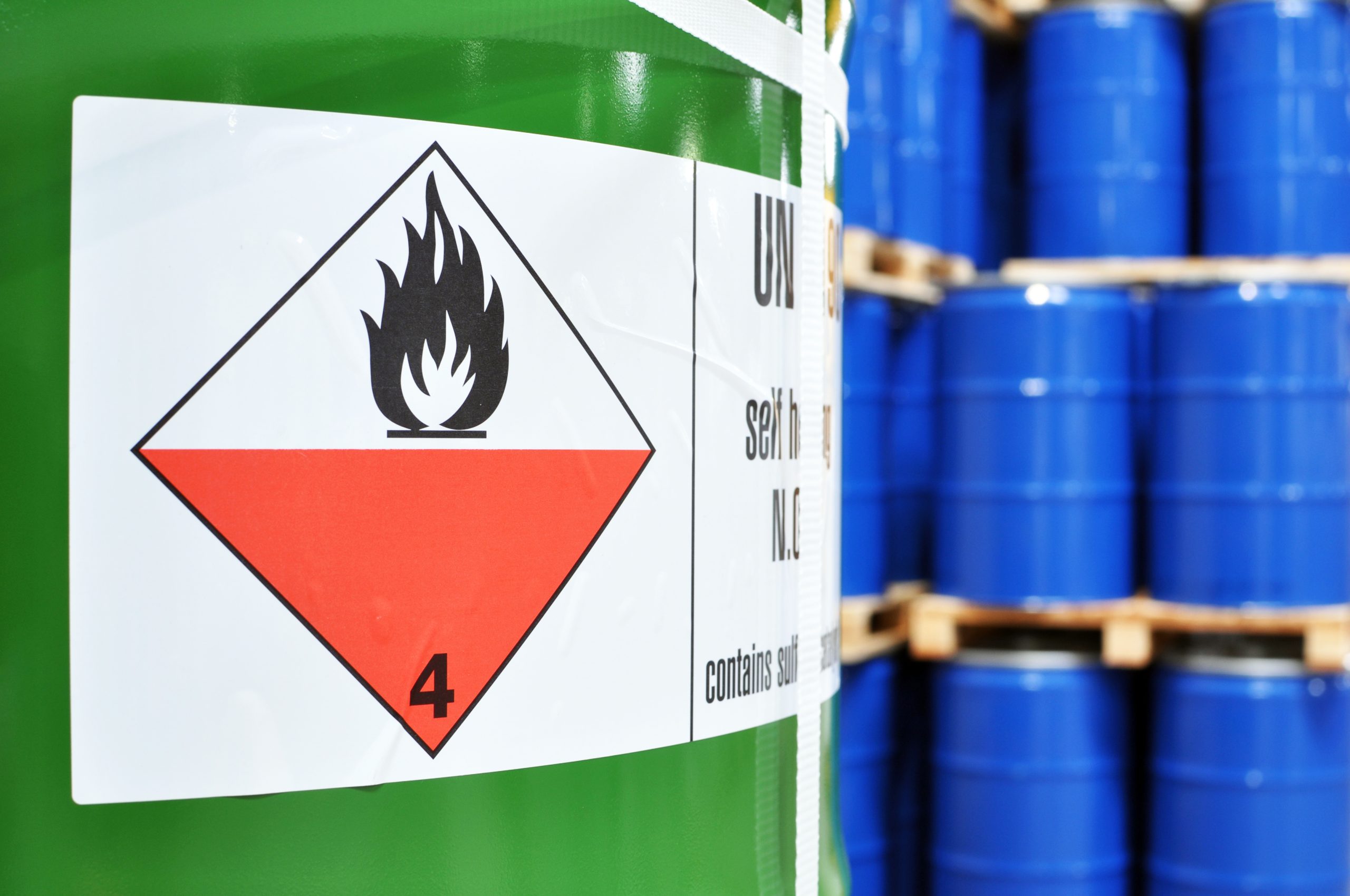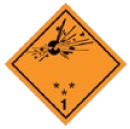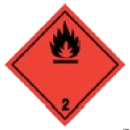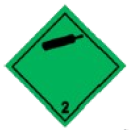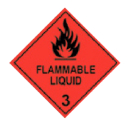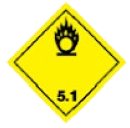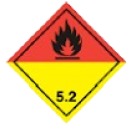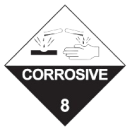Ensuring the safe transportation of cargo is our commitment at ESL. To keep our seafarers and the sea safe, and to minimize losses or damage at sea, we adopt the code of practice for packing of cargo transport units (CTU code), a non-mandatory international law which is a reference from the IMDG code.
Essential characteristics of packaging for safe packing of dangerous goods include:
- Strong enough to withstand the shocks and loading to transport and all types of handling
- Designed to prevent loss of content owing to variations in pressure, temperature, or humidity
- Not be weakened by contact with contents
- Not react with the contents to cause a dangerous reaction, or affect the quality of the product
Packaging used for dangerous goods shouldbe confirmed to be ‘UN tested’ or ‘UN approved’ packaging, which has successfully met the UN package test standards described in IMDG code part 6, ‘Requirements for the construction and testing of packagings’.
DGs should be packed in compliance with the following guidelines:
- Pack only packages that are in sound condition without damage and leak should be loaded into a cargo transport unit (CTU).
- Place DGs closer to the door, with labels facing the door, when packing a CTU with a mixture of dangerous goods and non-DG.
- Pack solids over liquids, provided the drums are strong and can bear the weight. Liquids are typically heavier than solids, and light goods should always be stowed above heavy goods. Furthermore, if the drums leak, the released liquid will first be drawn downwards by the force of gravity.
- Distribute the weight of the CTU’s contents evenly in the container.
- Place solid pieces of plywood between layers of drums/jerrycans to prevent sliding.
Please AVOID the following when packing DGs:
- Packing damaged and leaking packages into a cargo transport unit (CTU).
- Placing the dangerous goods on the side of the CTU away from the door.
- Packing liquids over solids.
- Placing all the weight at one end of the CTU. This may cause the CTU to be unbalanced during load/unloading operation and result in accidents.
- Stowing drums/jerrycans containing dangerous goods ‘on the roll’. This is forbidden as drums have closures at the top which are not designed to be below the liquid level.
In general, please also:
- Never use sawdust or any other combustible material to absorb moisture in case of a leakage. Sawdust reacts with many solid and liquid dangerous goods and the reaction can lead into an explosion.
- Fill any void space of more than 15 cm in total (side to side) with dunnage like air bags, foam, timber, etc. For more information:CTU code 2.3.6
- Include dangerous goods placarding and labelling For more information:IMDG code chapter 5.2 (Marking and labelling of packages including Intermediate Bulk Container IBC); IMDG code chapter 5.3 (Placarding and marking of cargo transport units and bulk containers)
